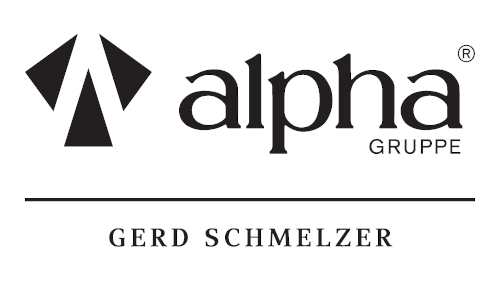> What's On
> Digitaler Fundus
Top
This site uses third-party website tracking technologies in order to provide and improve its services and display advertisements relating to the interests of its users. Some of the third-party providers transfer data to servers in the United States, which may be associated with increased risk. Details can be found in the relevant cookie settings and in the privacy notice. Your consent is voluntary. You can change your cookie settings at any time.
These cookies are indispensable for the functioning of our website. They are automatically deleted when you close your browser or after a period of inactivity (24 hours).
These cookies collect information on how you use our website. They do not store any information that allows the user to be identified. Statistical data is deleted either automatically within 30 days or after evaluation has been completed, whichever period is longer.







